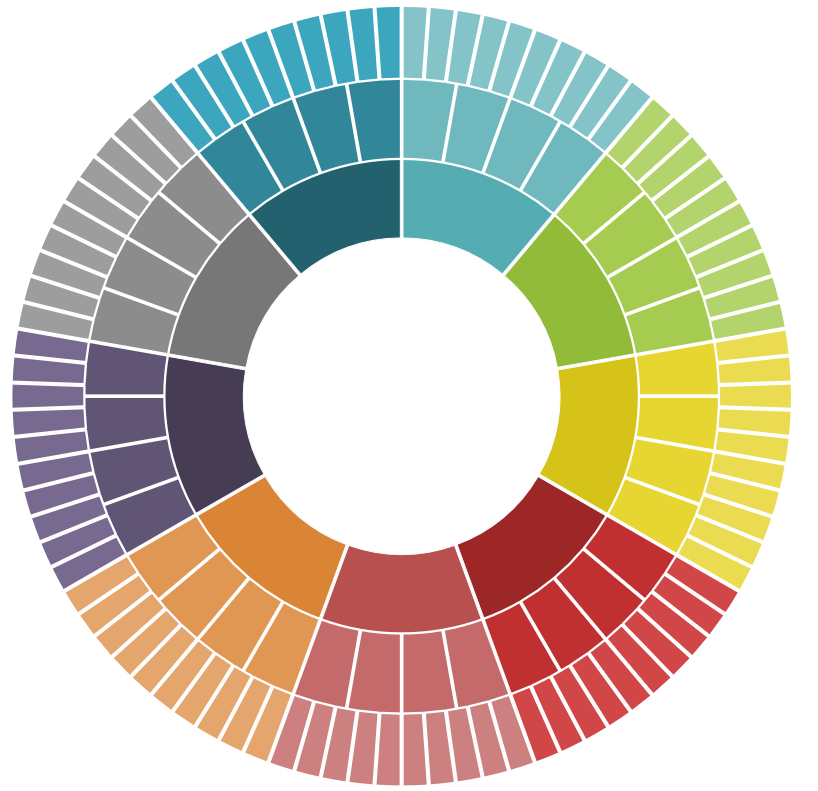Volltextsuche nutzen
- versandkostenfrei ab € 30,–
- 11x in Wien, NÖ und Salzburg
- 6 Mio. Bücher
- facultas
- Detailansicht

Duty Free Art
Art in the Age of Planetary Civil War

Taschenbuch
13,40€
inkl. gesetzl. MwSt.
Lieferzeit 2-3 Werktage
In der Regel dauert die Zustellung zwei bis drei Werktage innerhalb Österreichs.
Versandkostenfrei ab 30,00 € österreichweit
unter € 30,00 österreichweit: € 4,90
Deutschland: € 10,00
EU & Schweiz: € 20,00
Deutschland: € 10,00
EU & Schweiz: € 20,00
In den Warenkorb
Click & Collect
Artikel online bestellen und in der Filiale abholen.
Derzeit in keiner facultas Filiale lagernd. Jetzt online bestellen!Artikel online bestellen und in der Filiale abholen.
Artikel in den Warenkorb legen, zur Kassa gehen und Wunschfiliale auswählen. Lieferung abholen und bequem vor Ort bezahlen.
Auf die Merkliste
Veröffentlicht 2019, von Hito Steyerl bei Verso
ISBN: 978-1-78663-244-9
304 Seiten
201 mm x 130 mm
...
Kurztext / Annotation
What is the function of art in the era of digital globalization? How can one think of art institutions in an age defined by planetary civil war, growing inequality, and proprietary digital technology? The boundaries of such institutions have grown fuzzy. They extend from a region where the audience is pumped for tweets to a future of "neurocurating," in which paintings surveil their audience via facial recognition and eye tracking to assess their popularity and to scan for suspicious activity. In Duty Free Art, filmmaker and writer Hito Steyerl wonders how we can appreciate, or even make art, in the present age. What can we do when arms manufacturers sponsor museums, and some of the world's most valuable artworks are used as currency in a global futures market detached from productive work? Can we distinguish between information, fake news, and the digital white noise that bombards our everyday lives? Exploring subjects as diverse as video games, WikiLeaks files, the proliferation of freeports, and political actions, she exposes the paradoxes within globalization, political economies, visual culture, and the status of art production.
What is the function of art in the era of digital globalization? How can one think of art institutions in an age defined by planetary civil war, growing inequality, and proprietary digital technology? The boundaries of such institutions have grown fuzzy. They extend from a region where the audience is pumped for tweets to a future of "neurocurating," in which paintings surveil their audience via facial recognition and eye tracking to assess their popularity and to scan for suspicious activity. In Duty Free Art, filmmaker and writer Hito Steyerl wonders how we can appreciate, or even make art, in the present age. What can we do when arms manufacturers sponsor museums, and some of the world's most valuable artworks are used as currency in a global futures market detached from productive work? Can we distinguish between information, fake news, and the digital white noise that bombards our everyday lives? Exploring subjects as diverse as video games, WikiLeaks files, the proliferation of freeports, and political actions, she exposes the paradoxes within globalization, political economies, visual culture, and the status of art production.
